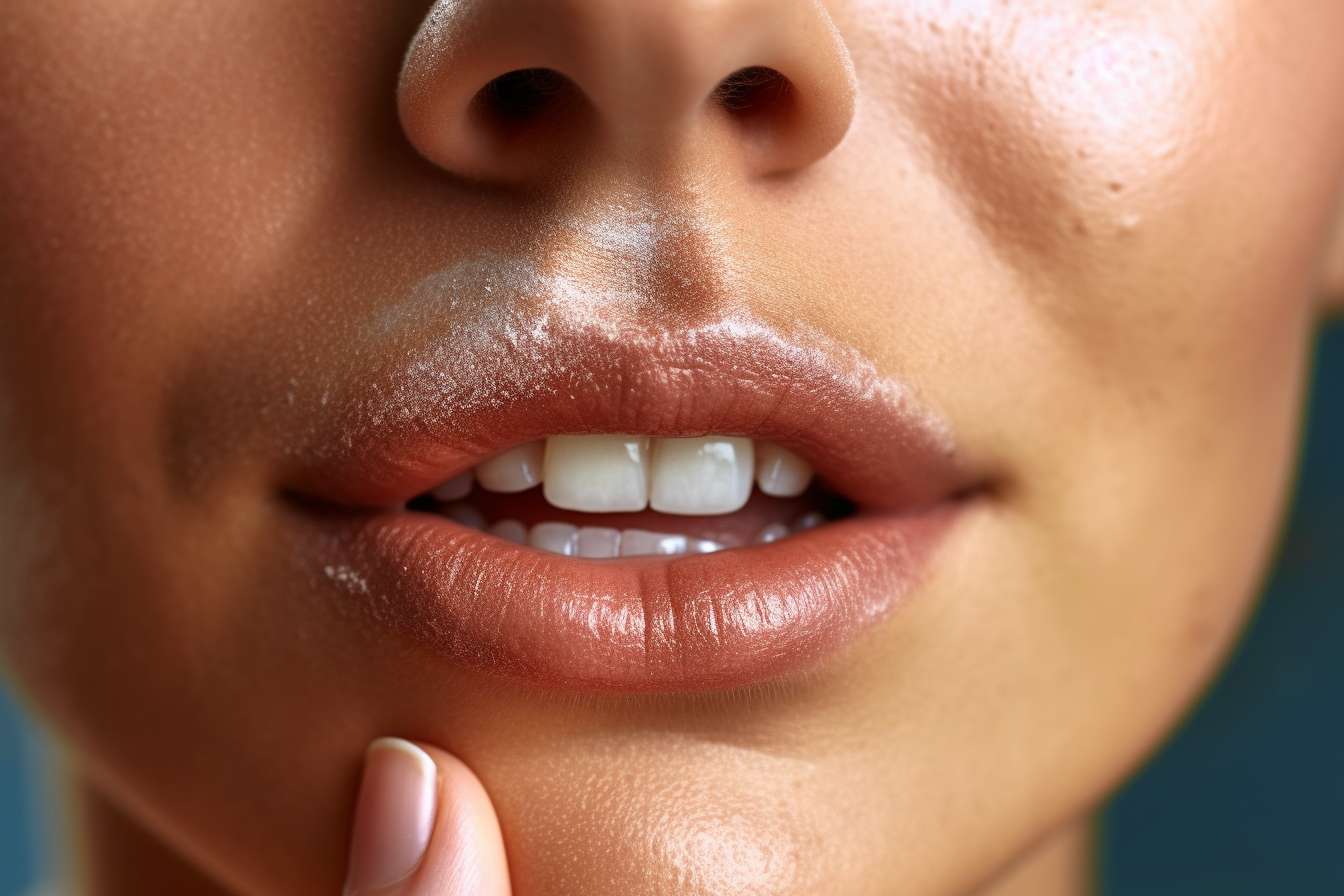The Art of Contouring: Sculpting Faces with Makeup
Contouring has become an integral part of many makeup routines, transforming the way people enhance their facial features. This technique, which involves strategically applying darker and lighter shades of makeup to create the illusion of depth and dimension, has a rich history dating back centuries. From stage actors to Hollywood starlets, contouring has long been a secret weapon in the beauty arsenal. However, it wasn't until the rise of social media and beauty influencers that contouring truly entered the mainstream consciousness. Today, it's a widely practiced skill that continues to evolve, with new products and techniques constantly emerging to meet the demands of makeup enthusiasts worldwide.

The Rise of Modern Contouring
While contouring remained a staple in professional makeup artistry, it wasn’t until the 2010s that it exploded into mainstream popularity. Social media platforms, particularly Instagram and YouTube, played a crucial role in democratizing this once-exclusive technique. Beauty influencers and celebrities began sharing their contouring secrets, sparking a global trend that saw people of all skill levels experimenting with facial sculpting.
Techniques and Tools
Contouring typically involves using products darker than one’s natural skin tone to create shadows and lighter products to highlight areas of the face. The most common areas targeted for contouring include the cheekbones, jawline, nose, and forehead. Various products can be used, including powder, cream, and liquid formulations. Beauty blenders, brushes, and even fingers are employed to blend these products seamlessly into the skin, creating a natural-looking enhancement of facial structure.
The Impact on the Beauty Industry
The contouring craze has had a significant impact on the beauty industry. Makeup brands have rushed to create specialized contouring kits, palettes, and tools to cater to this growing market. The trend has also influenced product formulations, with many companies developing long-wearing, blendable formulas specifically designed for contouring. Additionally, the popularity of contouring has led to an increased focus on face-shaping makeup techniques in beauty education and professional training.
Criticisms and Controversies
Despite its popularity, contouring has not been without criticism. Some argue that the technique promotes unrealistic beauty standards and encourages excessive makeup use. There have also been concerns about the potential for contouring to erase or alter ethnic features, leading to discussions about cultural appropriation and beauty ideals. Furthermore, the time-consuming nature of elaborate contouring routines has led to a backlash in some circles, with calls for more natural, minimal makeup looks.
Evolving Trends: From Heavy Contour to Subtle Sculpting
As with many beauty trends, contouring has evolved over time. The initial craze for dramatic, heavily contoured looks has given way to more subtle techniques. Many makeup artists and enthusiasts now advocate for a “less is more” approach, focusing on enhancing natural features rather than dramatically altering facial structure. This shift reflects a broader trend towards more natural, “no-makeup makeup” looks in the beauty world.
Contouring Beyond the Face
The principles of contouring have expanded beyond facial makeup. Body contouring, which involves applying makeup to create the illusion of muscle definition or to slim certain areas, has gained popularity. Additionally, the concept of contouring has influenced other beauty treatments, such as hair coloring techniques that use strategic placement of lighter and darker shades to frame the face and create dimension.
The Future of Contouring
As beauty trends continue to evolve, so too does the art of contouring. Advancements in makeup technology, such as AI-powered shade matching and augmented reality try-on apps, are making it easier for consumers to find the right products and techniques for their individual features. Moreover, the increasing focus on inclusivity in the beauty industry is leading to a more diverse range of contouring products suitable for all skin tones and types.
In conclusion, contouring has come a long way from its theatrical roots to become a mainstream makeup technique. Its journey reflects broader changes in beauty culture, technology, and social attitudes. As the beauty industry continues to innovate and respond to consumer demands, it’s clear that contouring, in some form, will remain a key part of many people’s makeup routines. Whether subtle or dramatic, this art of facial sculpting continues to captivate and empower makeup enthusiasts around the world.




